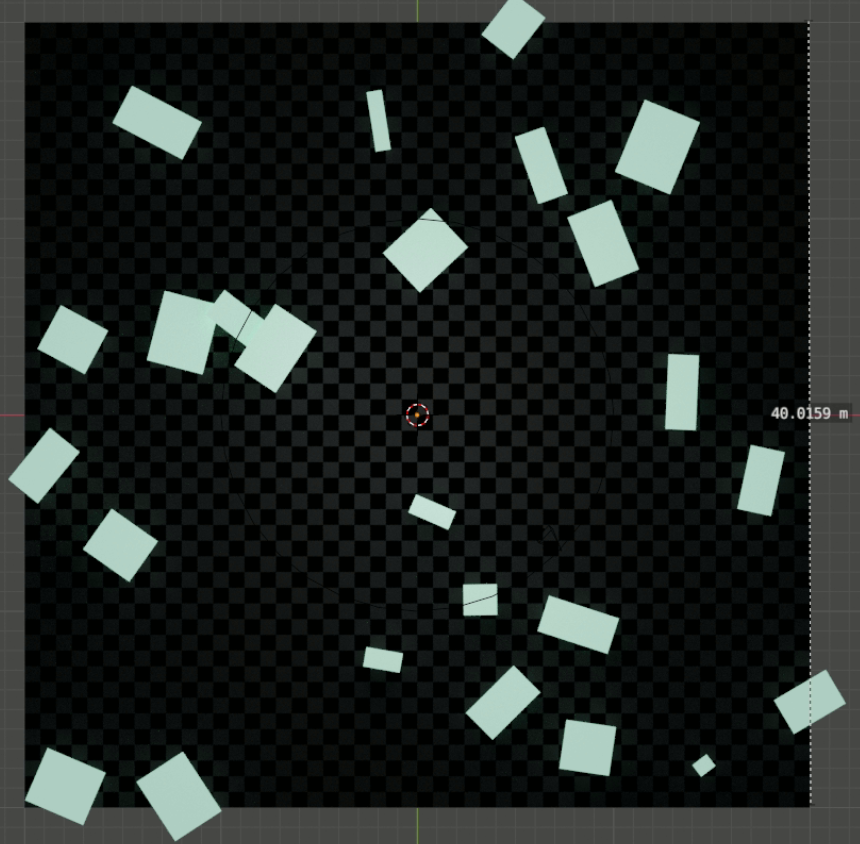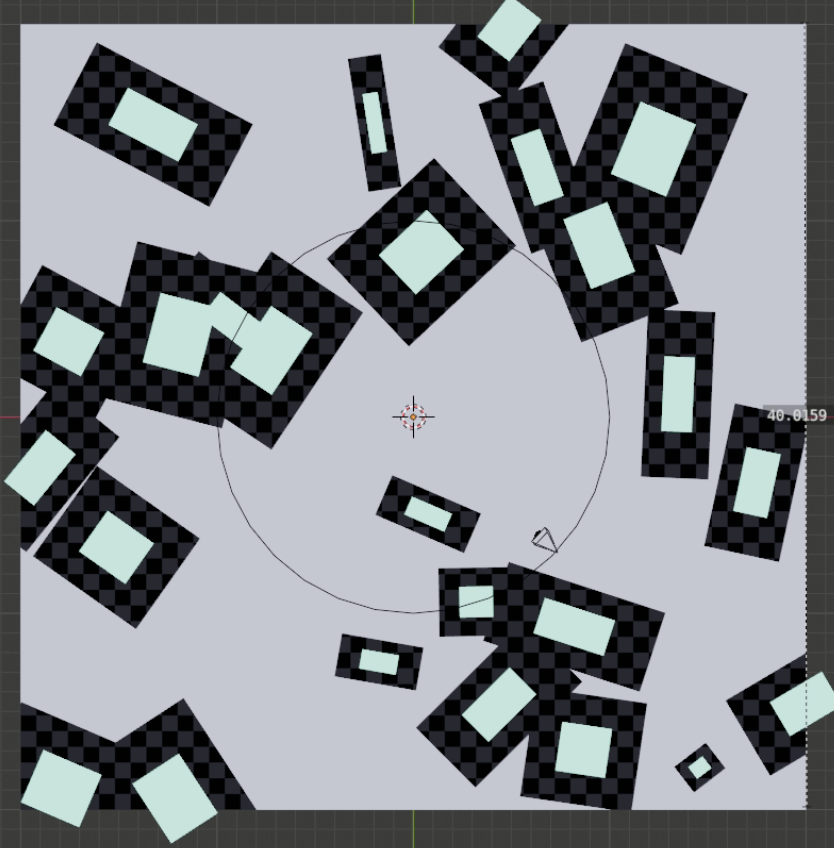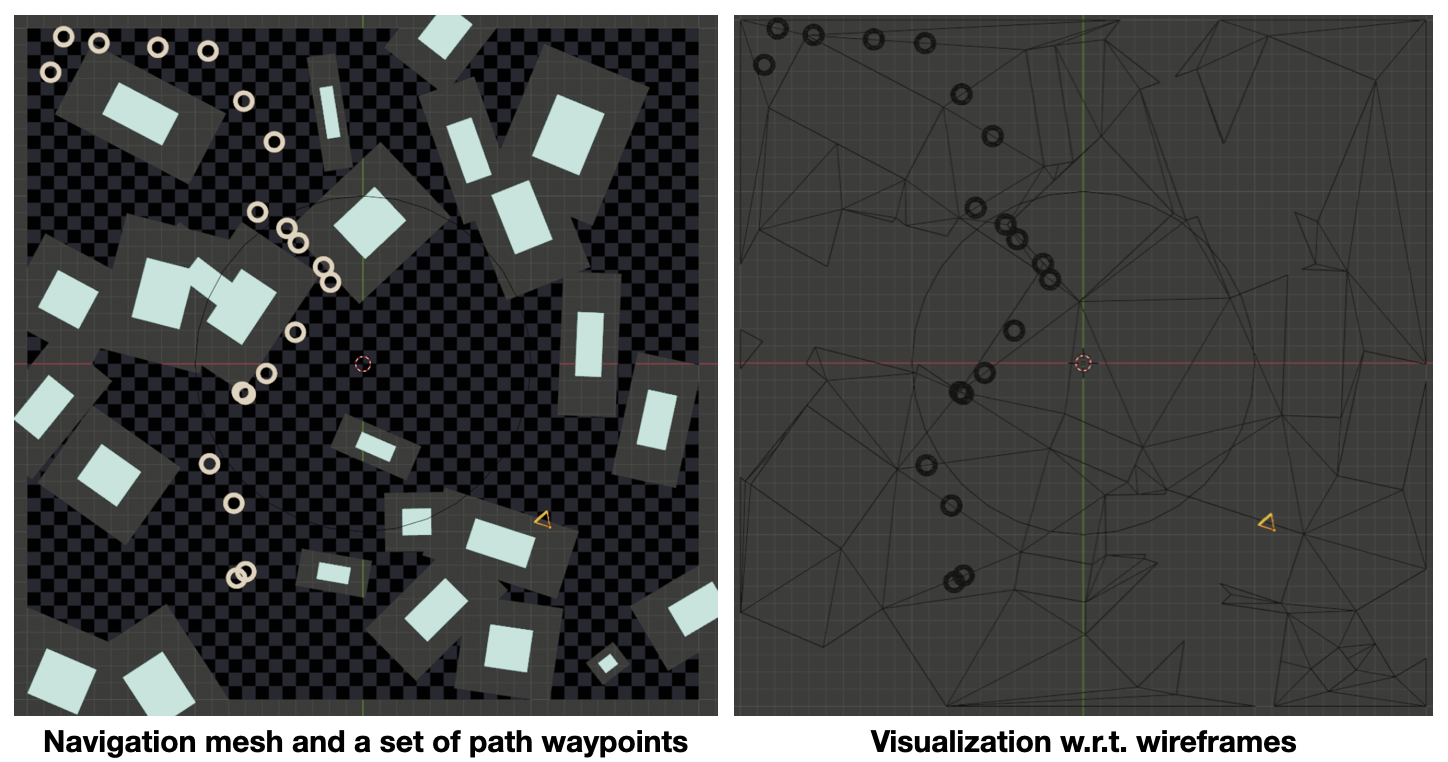
Abstract
Our goal is to populate digital environments, in which the digital humans have diverse body shapes, move perpetually, and have plausible body-scene contact. The core challenge is to generate realistic, controllable, and infinitely long motions for diverse 3D bodies. To this end, we propose generative motion primitives via body surface markers, shortened as GAMMA. In our solution, we decompose the long-term motion into a time sequence of motion primitives. We exploit body surface markers and conditional variational autoencoder to model each motion primitive, and generate long-term motion by implementing the generative model recursively. To control the motion to reach a goal, we apply a policy network to explore the model latent space, and use a tree-based search to preserve the motion quality during testing. Experiments show that our method can produce more realistic and controllable motion than state-of-the-art data-driven method. With conventional path-finding algorithms, the generated human bodies can realistically move in the scene for a long distance and a long time.
Use case: How to navigate a body mesh in a 3D scene?
Let's assume that we have a virtual environment of 40x40 squaremeters with obstacles (cyan blocks).
Step 1: bake a navigation mesh
This step can either be completed by blender, or other game engines like Unity3D or Unreal. Note that margins around the blocks are specified to avoid collision.
Step 2: randomly choose a walking path
Based on the navigation mesh, we can use path-finding algorithms, e.g. A*, to produce walking paths, which are in terms of a set of waypoints. In our example, we specify a random starting location, a random ending location, and produce the path using this repo.